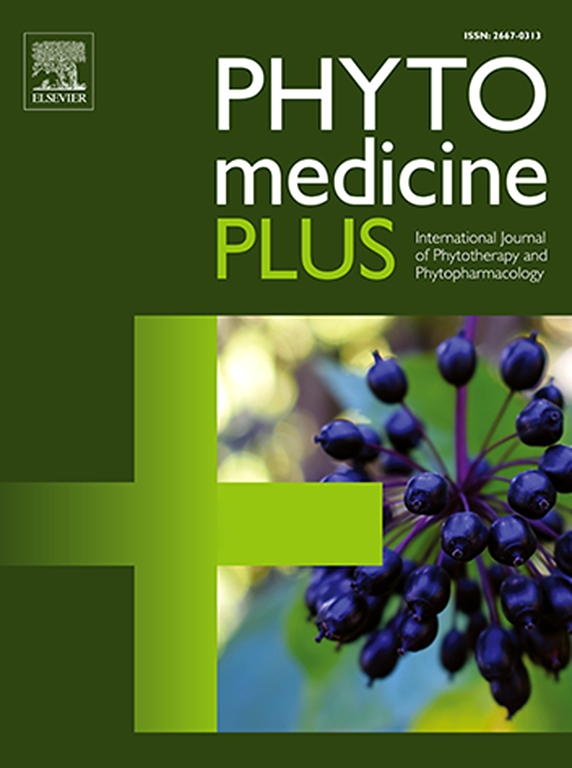The Croton genera (Euphorbiaceae) and its richness in chemical constituents with potential range of applications
Q3 Pharmacology, Toxicology and Pharmaceutics
引用次数: 0
Abstract
Introduction
This review focuses on the various applications of species from the genus Croton, which belongs to the family Euphorbiaceae. It aims to summarize information gathered worldwide from studies of Croton species concerning ethnobotanical, pharmacological, and other uses over the past ten years and the respective discussion. An important aspect to consider is that the present review of herbal medicines provides an alternative for developing new therapeutic objectives supported by preclinical studies and promotes new treatment options against the diseases that affect us in the current situation.
Methods
Within the framework of this review, bibliographical research was conducted based on literature published in specialized journals and by accessing crucial information from globally recognized scientific databases (Google Scholar, PubMed, Web of Science, Scopus, Science Direct, SciELO, and SpringerLink). After extraction from electronic databases, articles were selected based on eligibility criteria. In total, 268 published articles of plants of species of the genus Croton were reviewed for ethnobotanical uses, of which 172 were considered for final analysis.
Results
The increase in studies focusing on species of this genus worldwide can be attributed to their wide range of medicinal applications. Ethnobotanical studies reflect numerous uses in different communities, addressing issues such as intestinal disorders, general pain, cancer, hypertension, diabetes, hemorrhoids, sexual impotence, respiratory diseases, COVID -19, ulcers, and intestinal parasites. The information on traditional medicine has aroused the interest of the scientific community, which seeks to identify the chemical components responsible for its use . In this context, the main components of Croton are primarily terpenoids, flavonoids, and phenolic compounds, to which various types of biological activities are attributed, such as antioxidants, antibacterial, anticoagulant, antimicrobial, cytotoxic, anti-inflammatory, and anticancer activities. Furthermore, Croton has applications as an insecticide and as an alternative source of biodiesel. This demonstrates that species of this genus possess potential for various medicinal applications and serve as a source of chemical compounds that could become active principles of phytotherapeutics with significant results.
It is evident that this type of compound has variety concerning oxygen substituents, which may provide information of interest for future studies on structure-activity relationships and offer alternatives of natural origin that can be evaluated against related organisms to demonstrate the pharmacological potential found in the literature.
Conclusion
This revision has a novel and principal aim: to collect information on the biomedicinal, chemical, and industrial applications of extracts from several species distributed across various regions of the world (Africa, South America, Asia, North America, Central America, and South America), providing an objective evaluation of the relevance of the studies cited here and their suitability for scientific scrutiny and systematic reproduction of the results obtained . The global distribution is extensive, as these species have a high adaptability and are resilient to the ecosystems in which they are found.

求助全文
约1分钟内获得全文
求助全文
来源期刊

Phytomedicine Plus
Medicine-Complementary and Alternative Medicine
CiteScore
3.70
自引率
0.00%
发文量
178
审稿时长
81 days
期刊介绍:
 求助内容:
求助内容: 应助结果提醒方式:
应助结果提醒方式:


